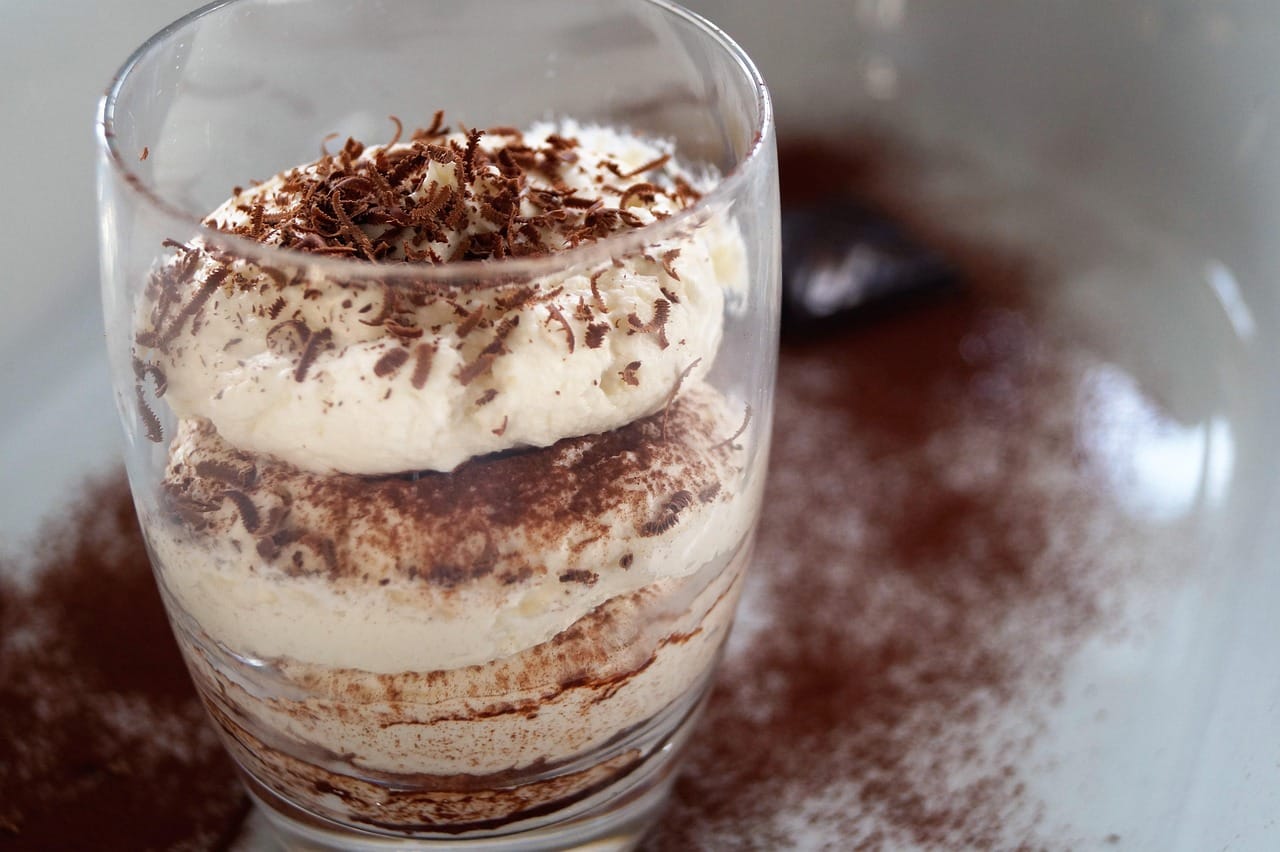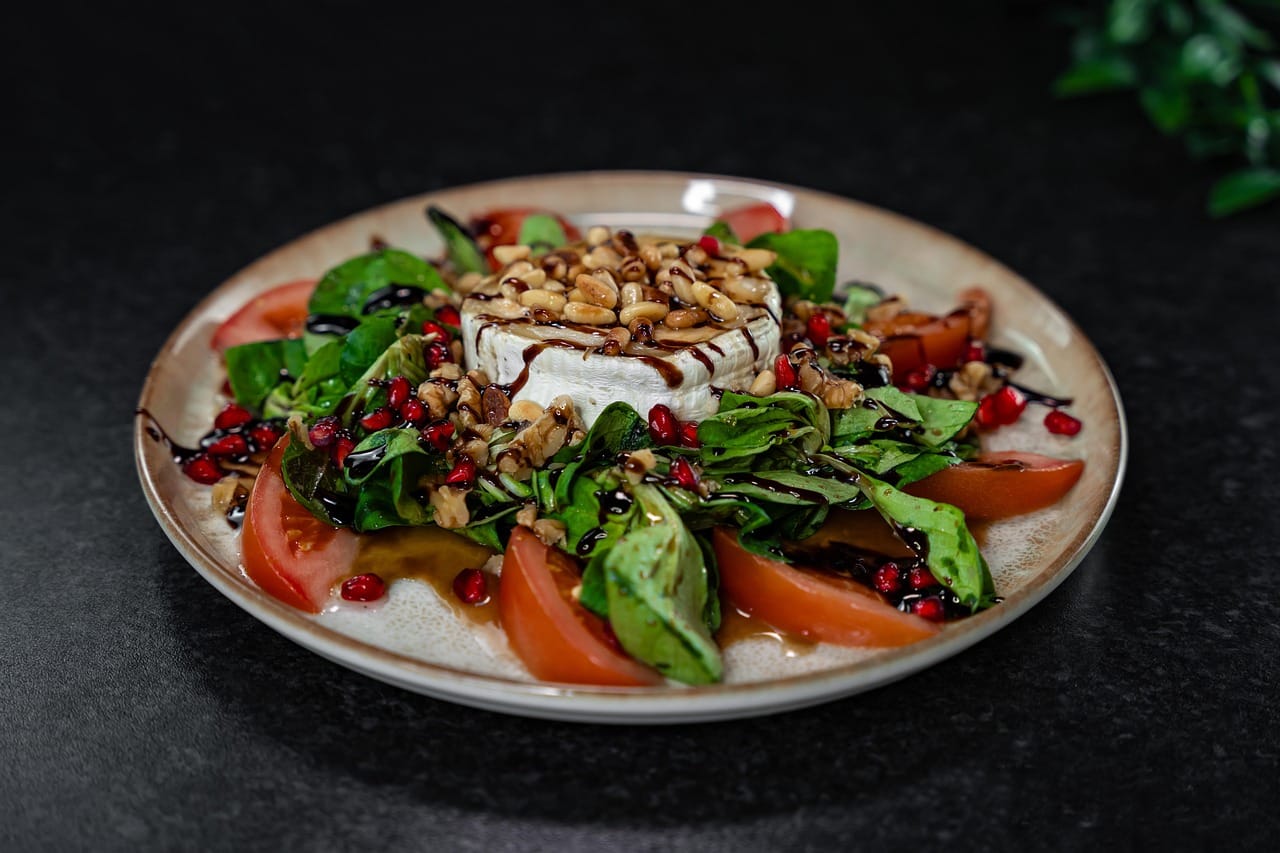Vanilla cake. The very name conjures images of celebration, warmth, and that unmistakable, comforting aroma. It’s a classic for a reason – versatile, adaptable, and eternally delicious. But achieving vanilla cake perfection is more than just following a recipe; it’s understanding the nuances of ingredients, techniques, and the subtle science behind creating a tender, moist, and flavorful masterpiece. This post will guide you through everything you need to know to bake the ultimate vanilla cake, from selecting the best vanilla to mastering the mixing method.
Understanding the Vanilla Cake Basics
What Makes a Great Vanilla Cake?
A truly great vanilla cake transcends simple sweetness. It’s a delicate balance of flavors and textures, characterized by:
- Moistness: No one wants a dry cake! A great vanilla cake should be tender and melt-in-your-mouth.
- Delicate Crumb: The texture should be fine and even, not coarse or dense.
- Pronounced Vanilla Flavor: This is crucial! The vanilla should be the star of the show, but not overpowering.
- Light and Airy Texture: The cake should have a good rise and a light, airy feel.
- Perfectly Balanced Sweetness: Too sweet, and it’s cloying. Not sweet enough, and it’s bland.
Key Ingredients and Their Roles
Each ingredient in a vanilla cake recipe plays a vital role. Here’s a breakdown:
- Flour: Provides structure. Cake flour, with its lower protein content, yields a more tender crumb. All-purpose flour can be used, but the cake will be slightly denser.
- Sugar: Sweetens the cake and contributes to moisture. Granulated sugar is commonly used.
- Fat (Butter or Oil): Adds richness, moisture, and tenderness. Butter provides superior flavor, while oil results in a more moist cake. Using both can create an ideal combination.
- Eggs: Bind the ingredients, add richness, and contribute to structure.
- Liquid (Milk or Buttermilk): Adds moisture and activates the leavening agents. Buttermilk adds a slight tang that enhances the vanilla flavor.
- Leavening Agent (Baking Powder or Baking Soda): Helps the cake rise. Baking powder is more common in vanilla cakes.
- Vanilla Extract/Paste/Beans: The most important ingredient! We’ll delve deeper into vanilla options later.
Essential Equipment
Having the right tools can make a big difference in your baking success. Here are some essentials:
- Stand Mixer or Hand Mixer: For creaming butter and sugar and combining ingredients.
- Mixing Bowls: Various sizes for different components.
- Measuring Cups and Spoons: Accurate measurements are crucial.
- Cake Pans: Choose the right size and shape for your recipe.
- Parchment Paper: For lining the cake pans to prevent sticking.
- Cooling Rack: For cooling the cakes evenly.
- Oven Thermometer: To ensure your oven is at the correct temperature.
- Sifter (Optional): For sifting flour for a lighter texture.
The Star of the Show: Choosing the Right Vanilla
Vanilla Extract vs. Vanilla Paste vs. Vanilla Beans
Vanilla flavor comes in several forms, each with its own strengths:
- Vanilla Extract: The most common and affordable option. Choose a high-quality pure vanilla extract for the best flavor. Imitation vanilla extract should be avoided.
- Vanilla Paste: Contains vanilla bean specks, providing a more intense vanilla flavor and visual appeal. It’s thicker than extract and easier to measure.
- Vanilla Beans: The gold standard of vanilla flavor. They are expensive but offer the most complex and nuanced taste. To use, split the bean lengthwise and scrape out the seeds.
Sourcing and Quality
The origin of your vanilla can significantly impact its flavor. Madagascar vanilla is known for its classic, creamy flavor. Tahitian vanilla has a more floral and fruity aroma. Mexican vanilla can have a bolder, spicier profile.
- Look for “pure” vanilla extract. This indicates it’s made with real vanilla beans and alcohol.
- Avoid extracts with added sugar or artificial ingredients.
- Consider purchasing vanilla from reputable sources. Specialty spice shops or online retailers specializing in baking ingredients are good options.
- For vanilla beans, look for plump, moist beans with a strong aroma.
Vanilla Flavoring Tips
- Don’t skimp on the vanilla! A good vanilla cake should have a generous amount of vanilla extract or paste.
- Bloom the vanilla. Adding vanilla extract to the warm milk or melted butter can enhance its flavor.
- Use vanilla bean specks for visual appeal. Vanilla paste or scraping the seeds from a vanilla bean adds beautiful flecks to the cake batter.
- Complement vanilla with other flavors. A pinch of salt, a squeeze of lemon juice, or a hint of almond extract can enhance the vanilla flavor.
Mastering the Mixing Method
The Creaming Method: A Step-by-Step Guide
The creaming method is the most common technique for making vanilla cake. It involves creaming together butter and sugar to incorporate air, creating a light and fluffy texture.
Tips for Success
- Use room-temperature ingredients. This helps the ingredients emulsify properly, resulting in a smooth batter.
- Measure accurately. Use measuring cups and spoons to ensure accurate measurements. Weighing ingredients is even more accurate.
- Don’t overfill the cake pans. Fill the cake pans about two-thirds full to prevent overflow.
- Use parchment paper. Line the bottom of the cake pans with parchment paper to prevent sticking.
- Bake at the correct temperature. Use an oven thermometer to ensure your oven is at the correct temperature.
- Don’t open the oven door too often. Opening the oven door can cause the cake to deflate.
- Cool completely before frosting. Allow the cakes to cool completely in the pans before inverting them onto a cooling rack.
Troubleshooting Common Problems
- Dry Cake: Possible causes include overbaking, using too much flour, or not enough fat.
- Dense Cake: Possible causes include overmixing, using too little leavening agent, or not creaming the butter and sugar properly.
- Cake Sinking in the Middle: Possible causes include using too much leavening agent, opening the oven door too often, or baking at too low of a temperature.
- Unevenly Baked Cake: Possible causes include an uneven oven, using the wrong size cake pan, or not rotating the cake pans during baking.
Frosting and Decoration Ideas
Classic Vanilla Buttercream
A classic vanilla buttercream is the perfect complement to a vanilla cake. It’s simple to make and provides a creamy, sweet finish.
- Ingredients:
- 1 cup (2 sticks) unsalted butter, softened
- 3-4 cups powdered sugar
- 1/4 cup milk or heavy cream
- 2 teaspoons vanilla extract
- Pinch of salt
- Instructions:
Other Frosting Options
- Cream Cheese Frosting: Adds a tangy flavor that complements the vanilla.
- Chocolate Ganache: Provides a rich and decadent contrast.
- Lemon Curd: A bright and refreshing option.
- Swiss Meringue Buttercream: A silky smooth and less sweet option.
Decoration Ideas
- Sprinkles: A classic and festive choice.
- Fresh Berries: Add color and flavor.
- Chocolate Shavings: Provide a sophisticated touch.
- Edible Flowers: A beautiful and elegant option.
- Vanilla Bean Flecks: Sprinkle vanilla bean specks on top of the frosting for a visual cue of the delicious vanilla flavor within.
Conclusion
Baking the perfect vanilla cake is a rewarding experience. By understanding the role of each ingredient, mastering the mixing method, and choosing the right vanilla, you can create a cake that is both delicious and visually appealing. Don’t be afraid to experiment with different frostings and decorations to create a truly unique and memorable dessert. With practice and attention to detail, you’ll be baking vanilla cakes that will impress your friends and family for years to come. Enjoy the process, and happy baking!




